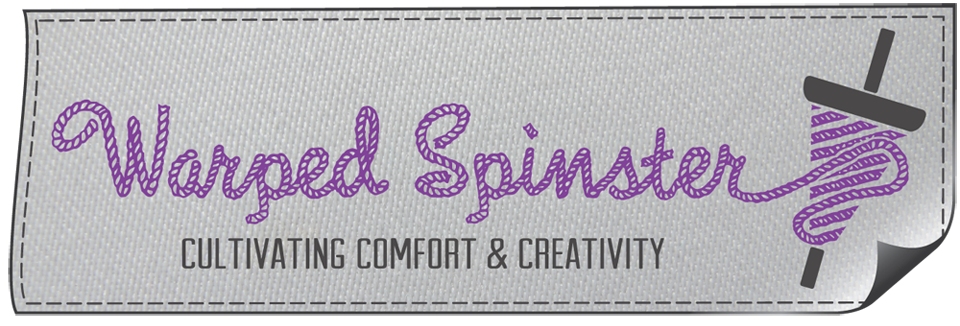One of the things that is being reinforced for me as I try to get better at design is that there isn't a straight path from idea to design/pattern. (Well, seldom is there a straight path.) At least, that is true for me, and it seems to be for some others, too--others who are much more gifted designers than I, so I don't feel so badly. :-)
Sometimes I have something very specific in my head for a design, but it's also rather fun to start with just a vague idea for a quilt design: "How about something around 2" squares?" and just start drawing lines and plugging in colors. (Admittedly, this is much more fun when you have an easy way to draw those lines and change them, so a computer design program is nice. For many of my quilt designs I use Electric Quilt, and for the rest I use Word or Illustrator. Once you learn how to use them--and the learning curve for Illustrator is still on an upward slope for me, I admit--you can focus on design elements, rather than spending time erasing and re-drawing on paper.)
This morning I sat down with EQ, having nothing more in mind than the aforementioned "a quilt design/something around 2" squares. I drew a 2" grid in EQ, with an odd number of squares. There's no particular reason that it should be odd, other than I thought a central 'spine" of some sort might be interesting; often, odd numbers of things are more interesting to the eye.
Then I just started coloring in squares. I usually start with just a couple of colors and a background, unless I have something specific in mind, because it gives me contrast (one of those design principles) without having to worry about how multiple colors are working with each other; getting a design I like is enough to focus on for the time being! I chose red and blue because, frankly, they were the first two colors up in the EQ palette I was using.

 I won't bore you with describing all the combinations I tried; suffice it to say that there were many, probably 50 or more. And then some more. I cut some of the squares in half, diagonally, then tried some more cut in half. i cut them the other way, then deleted some of them. I traded the colors in some squares, then traded them back again and changed others. Each time I made a design change in the block, I plugged the block into a quilt, rotating blocks and trying different configurations. Placed in the quilt, I could see where I might want to change a color, or split a square, or un-split it. Then, it was back to the block, then back to the quilt, then back to the block.
I won't bore you with describing all the combinations I tried; suffice it to say that there were many, probably 50 or more. And then some more. I cut some of the squares in half, diagonally, then tried some more cut in half. i cut them the other way, then deleted some of them. I traded the colors in some squares, then traded them back again and changed others. Each time I made a design change in the block, I plugged the block into a quilt, rotating blocks and trying different configurations. Placed in the quilt, I could see where I might want to change a color, or split a square, or un-split it. Then, it was back to the block, then back to the quilt, then back to the block.Did I mention that the path to a quilt design isn't very straight?
Along the way I created some designs I liked well enough, some that I didn't like at all, and some that made me wonder, 'What was the point of THAT change?"
You've probably found this to be true when you're looking at quilt designs, or choosing patterns, or looking through a catalog: you know when a quilt is right, when it is something that you like. And the same was true for this design process--and almost always, for me: when you hit upon the right design, you know it. After two or three hours of futzing with the block, I arrived at a design I like. I changed the colors to a holiday vibe and, with any luck, I'll be able to show you the finished quilt design in late Fall or early winter.
The moral of today's designing quilts story is to just keep playing--the design road is seldom straight, or a quick trip, but it is always fun! (If you're in the vicinity of Cut Up and Quilt, join me for an EQ class in October; you'll learn the basics of the software so you can play...er, design, too!)









.jpg)


.jpg)
.jpg)

.jpg)